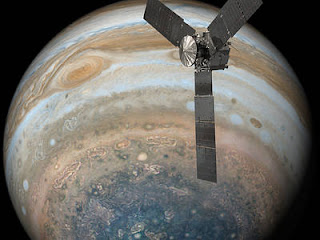Natural
Natural philosophy
was the philosophical study of nature and the physical universe that was dominant before the development of modern science. It is considered to be the precursor of natural science.
Nature, according to Aristotle, is an inner principle of change and being at rest (Physics 2.1, 192b20–23). This means that when an entity moves or is at rest according to its nature reference to its nature may serve as an explanation of the event.
Aristotle regarded psychology as a part of natural philosophy, and he wrote much about the philosophy of mind. A soul, Aristotle says, is “the actuality of a body that has life,” where life means the capacity for self-sustenance, growth, and reproduction
Yet philosophy differs in a fundamental way from art, literature or religion, as its etymological meaning is “the love of wisdom,” which implies a significant degree of objective knowledge.
So, philosophy doesn't, as a whole, assume that any fundamental rules exist upon which to build "proven" answers. Proof is a concept in mathematics, and mathematics is in some ways a formalized version of philosophy that HAS acknowledged the existence of fundamental rules
Philosophy may be called the "science of sciences" probably in the sense that it is, in effect, the self-awareness of the sciences and the source from which all the sciences draw their world-view and methodological principles, which in the course of centuries have been honed down into concise forms.
Think of it as the idea that set you on a path of scientific discovery. Like packing the traveling bag is not traveling but is still a part of traveling.




Comments
Post a Comment